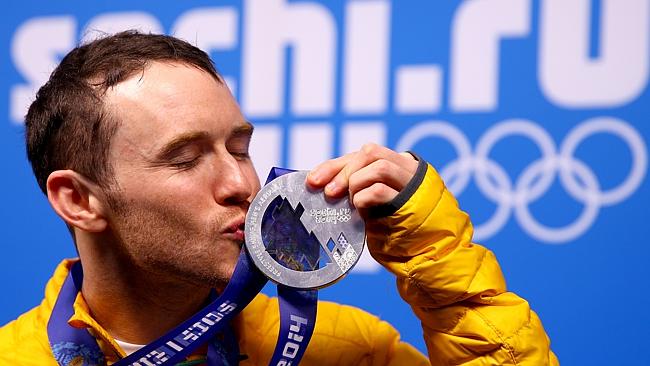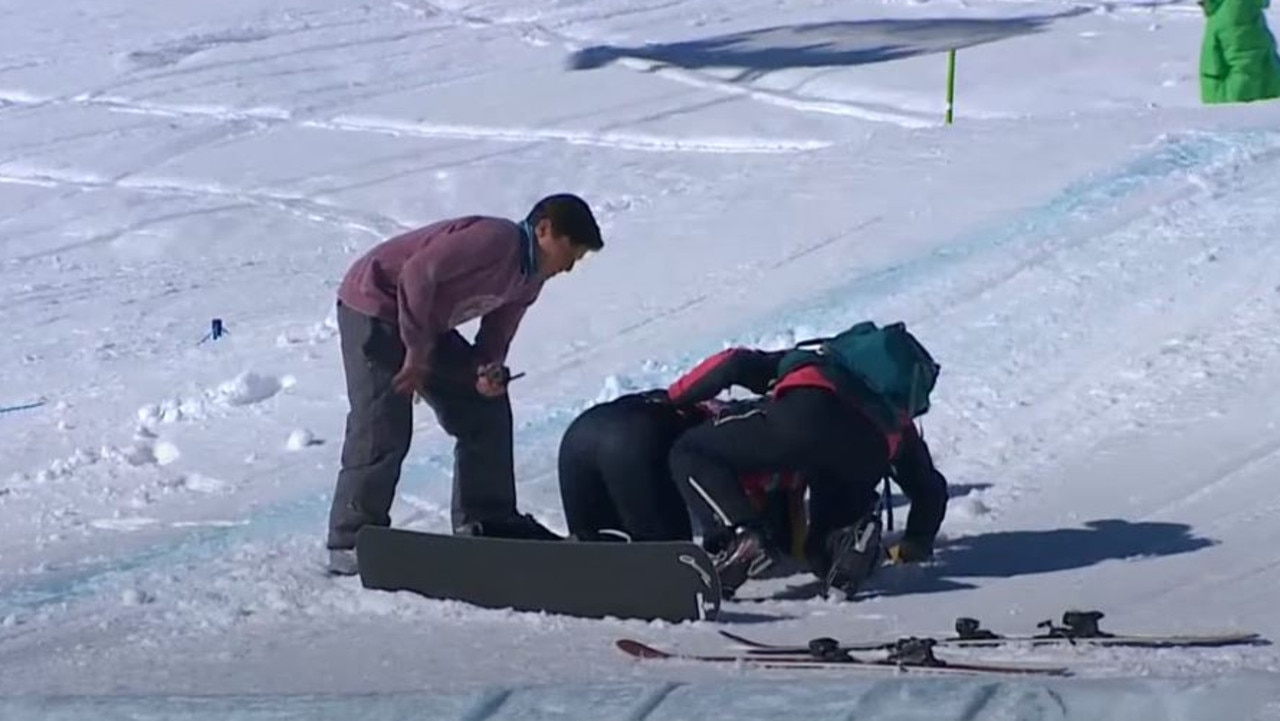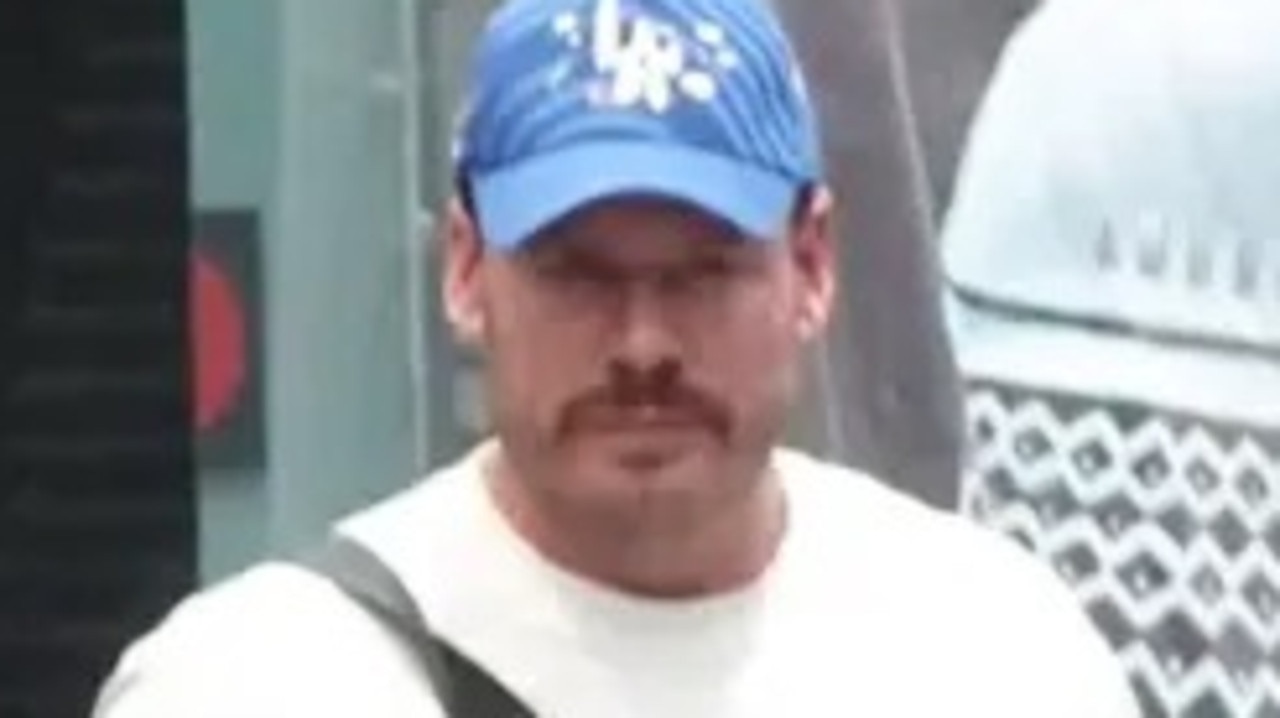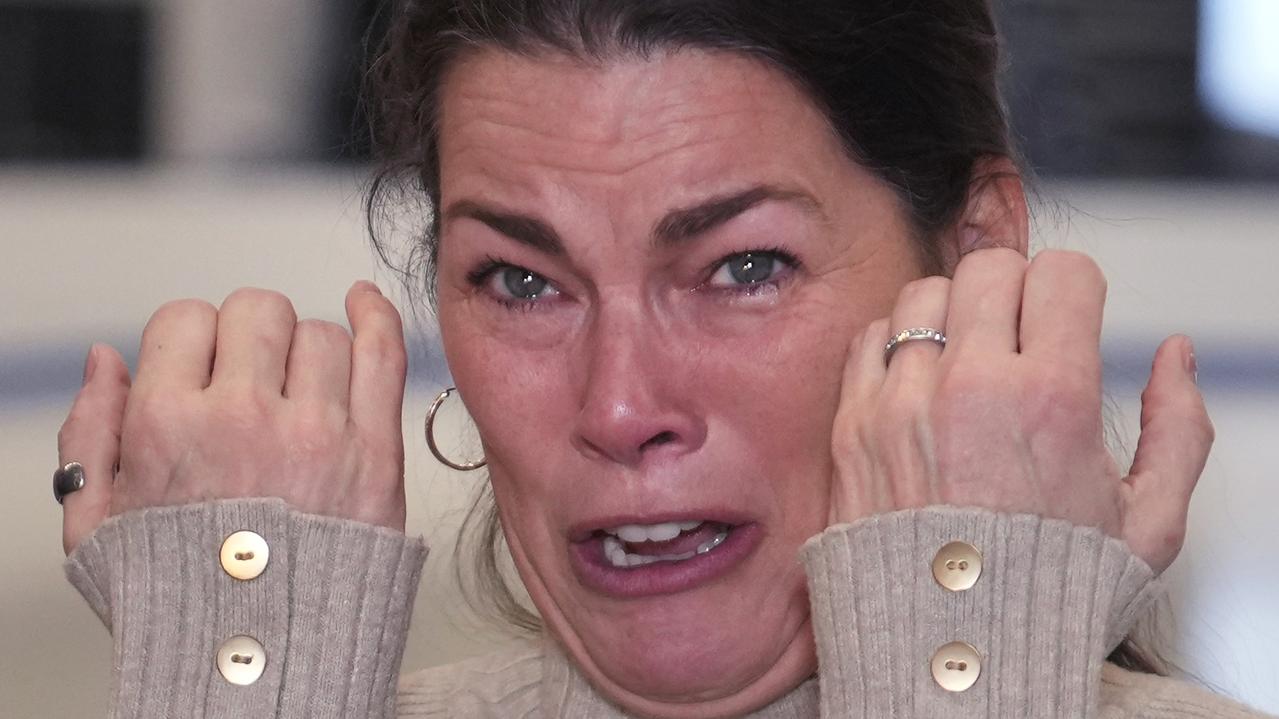Each Australian medal at the Sochi Winter Olympics estimated at $6.7m with $20m spent on entire campaign
THE price of an Olympic medal at Sochi for Australia is about $6.7 million, with about $20m spent on our Russian campaign.
THE price of an Olympic medal at Sochi for Australia is about $6.7 million.
The overall cost of preparing Australia’s Winter Olympic team was just over $20 million, according to sports officials.
But taxpayers have only forked out about $9.5 million of the total, through the Australian Sports Commission, the Australian Institute of Sports and the NSW and Victorian sports institutes.
For the first time in 16 years, Australia is unlikely to win an Olympic gold medal, but will leave Sochi with more “top eight” performances than ever before.
With Australia not expected to build on its tally for two silvers and a bronze, attention is turning to the team’s performance, with the Australian Olympic Committee and the Olympic Winter Institute to complete reports in coming months.
Australia looks like falling short of its goal of “four or five medals” and a top 15 finish on the overall medal tally.
Olympic Winter Institute chief executive Geoff Lipshut said Australia went extremely close to nabbing golds through Torah Bright’s halfpipe and Lydia Lassila’s aerial skiing performance.
He said he would have “loved to see” Bright, who is not part of the Australian sports training system, concentrate on her halfpipe pet event and “receive a 98 out of 100 points”.
“But she walks to the beat of her own drum and she would say her participation in the other events has made her a better snowboarder,’’ he said.

Australia had planned to also win medals through snowboarder Alex “Chumpy” Pullin and slopestyle skier Russ Henshaw.
“We know things just didn’t work out for Alex and we didn’t see the best of Russ here,’’ he said.
Mr Lipshut said Australia was still maturing as a winter sports nation and did not have the depth beyond one or two competitors in many of the sports programmes.
“We need to keep building that up so we have more chances to win medals,’’ he said.
Australia’s depth is growing, producing 10 top-eight performances so far in Sochi, compared to seven in Vancouver. Top 16 performances (the equivalent of an Olympic semi-final) have more than doubled in Sochi to 19.
Mr Lipshut said the winter institute would continue to adopt a targeted approach to funding athletes, based on strict key performance indicators.
“The better you are the more support you get – we’re trying to tailor programmes to help athletes become the best in the world,’’ he said.
Snowboarding will continue to remain a major focus, along with aerials, moguls and ski cross.
Mr Lipshut said he would recommend that snowboarders Belle Brockhoff, Jarryd Hughes and Cam Bolton join Pullin on winter institute scholarships for the next four-year period, although he admitted the “funding pie won’t get bigger”.



